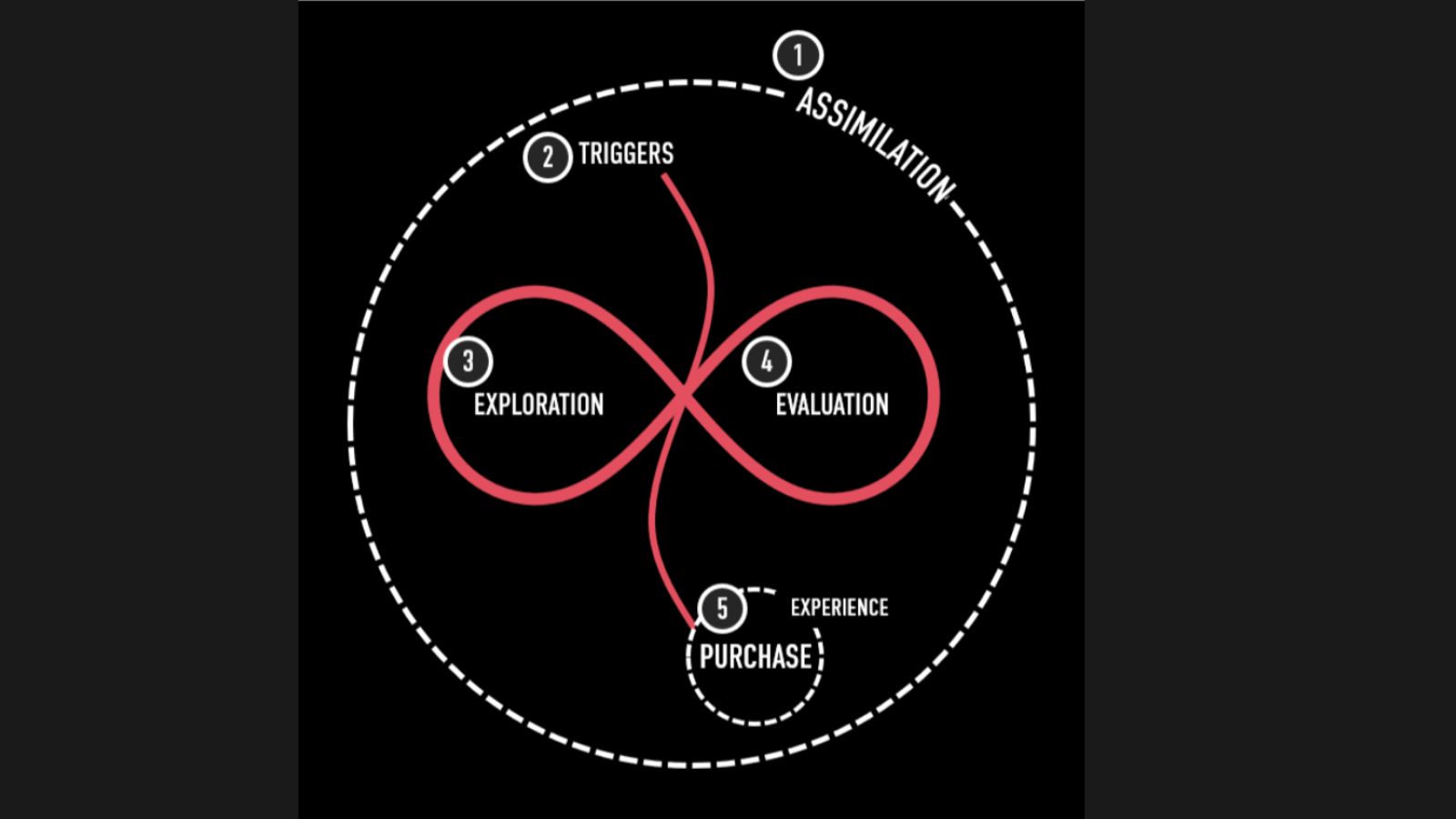Now more than ever, brands need to focus on strategy and use a model fit for the current climate. Sophie Cork, Senior Account Manager at Leeds-based agency Boutique, explains why.
Customers are harder to acquire than ever before. The tighter the cost of living pressures continue to squeeze us; the tighter consumers are holding on to their purse strings.
Industries such as Home Improvement that saw huge booms during the pandemic are now in year-on-year decline, with customers putting their house projects on hold while they wait to see what the future will bring. Savings accumulated during lockdown are now being reserved for travel and experiences or going untouched – apart from being slowly and periodically moved into current accounts to help top-up after bills are paid and food shops are done – meaning it’s getting harder to get sales over the line.
So as we enter another recession and market volume declines, the customer buying process gets ever more competitive. How are brands expected to win? It’s a tale maybe even older than the funnel itself – when the going gets tough, spend through. And dialling up marketing spend in challenging market conditions has been proven to work time and again. The UK advertising market reached record highs in 2021, fuelled particularly through online channels and e-commerce retailers taking to traditional channels to capitalise on changing consumer behaviour. Ad spend swelled like never before as brands took advantage of the increased business opportunity covid offered so many.
Whilst there are many sectors and brands who can sacrifice profitability to retain marketing investment, there are many, brands who aren’t in a position to spend through recessions. Troubled waters lead to drying cash flows, and risk-averse boards of directors and business investors are often quick to drop anchors and sit tight. But even if spending through is an option, how and where to spend has never been more important.
Retreating into the shadows will stunt brand growth
Rarely, is cutting spend a simple solution. In the wake of the news that the government will be launching a campaign to advise businesses to divert marketing spend into reducing costs, many of us have held our head in our hands and taken to LinkedIn to voice our bewilderment. While Boris himself wins at being the most foolish thing to come out of No. 10 in recent weeks, this is a close second. Retreating into the shadows, purses tightened, will stunt brand growth at best. At worst, it will result in dramatic sales drops – a lot to take for brands already suffering – and plummeting share in the market. This will inevitably allow brands that do continue to spend to engulf the none spenders.
Regardless of what the government does or doesn’t say, we know now is a time for brands to really take stock of their plans to ensure they are driving the best results in a tough market. What we need to do is think about how we, as agencies, can work smarter. How we can become more flexible, reactive and tactical in the face of market hardships. How can we get the marketing spend that we do have to work harder? Whilst brands and marketeers need a greater focus on where and how to spend and how to maximise their return on investment from their agency relationships.
A starting point Is to consider the strategic models and process used to develop marketing activation.
Full funnel, data-driven approach to strategy
Our D.I.S.C.O framework takes a channel agnostic approach, not pre-determined by a bias towards a single channel meaning a full funnel, data-driven approach to strategy. This model does the heavy lifting via data and insight, before considering the most appropriate model for the clients needs, aligning a strategic and channel recommendation, bespoke to the opportunity and objectives of the client.
The D.I.S.C.O framework uses a broad range of data and insight to feed the strategic modelling relevant to the client, bespoke each time.
As we enter into the ‘S’ (Strategy) stage of our D.I.S.C.O framework, we begin to look at the buying cycle of customers and that’s where we first challenged the traditional AIDA model.
Whilst we find there’s a great deal of sense in the linear process of a funnel, it fails to deal with how people are actually thinking about brands as they go through it, what information – coded or explicit – they are processing as they move to purchase. The traditional AIDA model suggests that customer acquisition is a linear process from ‘Awareness’ to ‘Acquisition’ and as an agency we appreciate the balance between performance marketing and driving brand metrics. Indeed, we help clients understand where best to invest to marry the various metrics and drive both short- and long-term metrics. But during times of recession and shrinking market size, understanding where, when and how to invest has never been more important and this is where old models fail.
Where the traditional funnel falls short
This takes us to the main reason we think the funnel falls short. Beyond overlooking the external context which exists around the consumer and their decision, the funnel entirely ignores the importance of the emotional connection that the consumer makes with brands.
In order to address this shortfall, we developed a new model that we use in place of the traditional funnel that we call the Customer Buying Cycle. With the clue in the name – this approach looks at the path to purchase as non-linear, being performed as an intertwined, ever-moving and constant mix of stages that consumers inhabit.
Unlike the funnel, which as a default treats all phases with equal weighting, this model centres the two most important spaces that consumers exist within when making purchase decisions – the Exploration and the Evaluation. The former deals with the emotional connection that consumers make with brands and how they feel about them.
How do they relate to the messaging they see in the brand’s marketing? How does the identity of the brand resonate with them as an individual? Are the core values of the brand aligned with their own? Meanwhile, the latter Evaluation part deals with the rational side of decision making. Is what this brand offers better quality or value than another? Do they offer the range that the consumer needs? What do the reviews say about people’s experiences of this brand?












